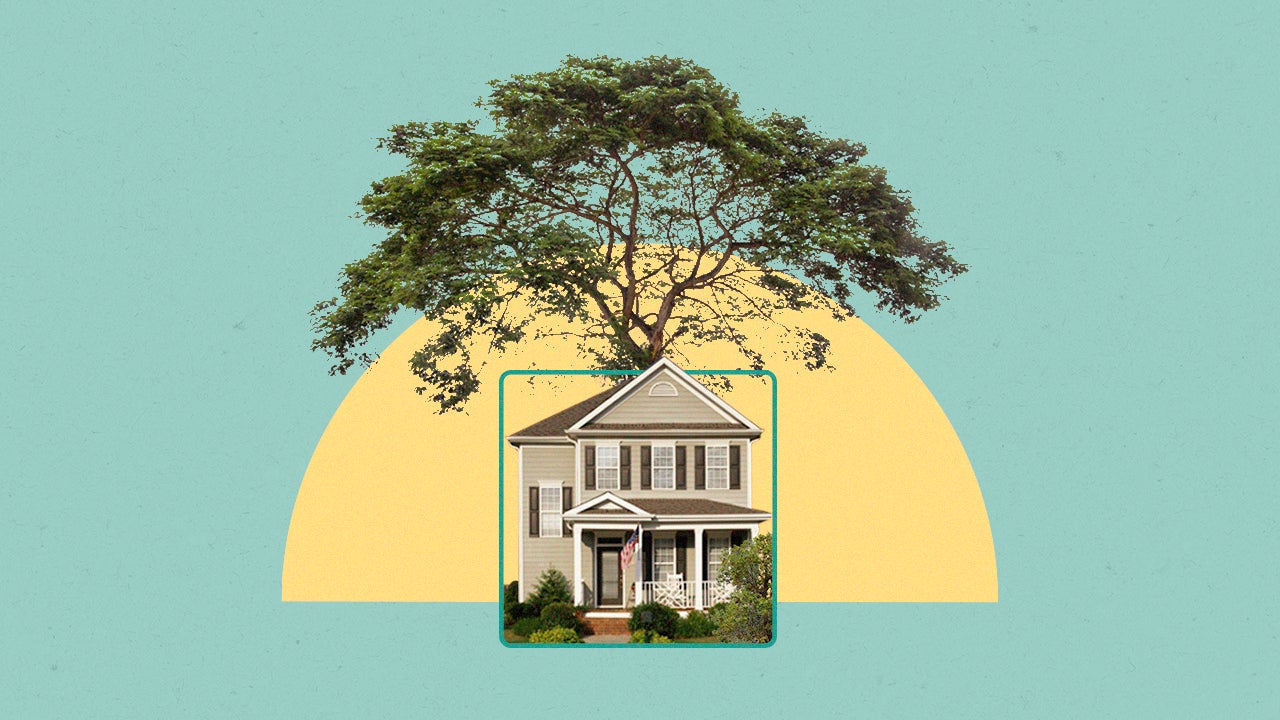How to pay a mortgage: 5 ways to make your mortgage payments on time




Key takeaways
- You can make your mortgage payment through your lender’s website or mobile app, in person, by mail or over the phone.
- If you’re worried about remembering to make payments each month, setting up automated withdrawals can be a good solution.
- There are options for paying off your mortgage faster, such as making biweekly payments or putting a lump sum toward the principal amount.
Paying your mortgage on time is good for your financial health in many different ways, including helping you build equity in your home and improving your credit score. Here’s an overview of the various ways you can make a mortgage payment, plus tips on how to pay on time, every time.
5 ways to make a mortgage payment
Your mortgage payments are due each month, though you can choose to make payments more frequently. To keep on top of the schedule, it’s important to use the payment method that works best for you. Here are five ways to pay your mortgage and what you should know about each method.
1. Pay online
Pro: Fast, flexible option that allows you to make payments at your convenience
Con: Must have reliable computer, phone or tablet access to pay this way
The easiest option for most homeowners is to pay their mortgage via their lender or loan servicer’s website. Making an online mortgage payment is fast, free and efficient. Plus, paying online means you can decide when you want to make the payment, maintain a record of when you made it and ensure that you pay it by the due date. Some lenders also have free mobile apps where you can access your account online and pay your mortgage from your phone.
“Logging on to your lender’s payment portal every month to make your payment puts you in control of the timing,” says Jeff Ostrowski, Bankrate housing market analyst. “The disadvantage is that it’s one more thing for you to remember to do each month.”
2. Pay using automated withdrawals
Pro: Prevents forgetting or accidentally missing payments
Con: Potential for overdrafts if money for payment is not in the account
Choosing automated withdrawals pulled from your checking or savings account is another easy option to make sure you pay your mortgage on time each month. This means your lender automatically withdraws the mortgage payment from your bank account on a specific day each month.
“The easiest way to pay your mortgage each month is by setting up an automatic payment by ACH withdrawal,” says Ostrowski. “You don’t have to think about or remember anything. The only downside is that if you don’t keep enough of a cash cushion in your account, you could be hit with overdraft fees.”
Setting up automated withdrawals can also help homeowners who want to make additional or biweekly payments to pay off a mortgage early and cut the total interest they pay over the loan term.
3. Pay with a credit card
Pro: Potential to earn credit card rewards
Con: Might have to pay a service fee
Making mortgage payments by credit card can be tempting, especially if your card offers great rewards or substantial cash back. Unfortunately, though, many mortgage lenders do not allow this option.
“For consumers amassing points, mortgage payments are the holy grail,” says Ostrowski. “Alas, most lenders don’t accept credit card payments for the monthly mortgage payment. And those that do tend to hit you with a service fee that overwhelms the value of any points or rewards you earn.”
4. Pay by phone
Pro: Payments are credited to your account quickly
Con: Might have to pay a service fee
Making a mortgage payment over the phone is another option, especially if you forgot to mail in your payment before the due date or have not set up a payment process online.
You can find the phone number to call on your monthly bill or online. Before dialing, be prepared with your mortgage account number and your banking information, such as the routing and account numbers.
Payments over the phone are typically credited to your account quickly. Before you make the payment, though, ask your servicer if there is a charge for this convenience.
5. Pay in person or by mail
Pro: Computer, phone or tablet access not needed
Con: Mail can be delayed; paper checks can be impacted by fraud
If your mortgage servicer is local, the company might accept payments by check or money order in person at a brick-and-mortar branch.
Money orders are secure, since they do not include any personal information. But they have one major drawback: The amount is often limited to less than $1,000. Another option is to use a certified check or a cashier’s check, which do not have limits.
When mailing a check, make sure you include your mortgage account number. Just having your home address may not be sufficient, even if it matches the address your servicer has on file. Sending a payment by mail, however, means you have to consider the time it takes to arrive at its destination and be processed by the servicer.
“Once upon a time, paper checks were the tried-and-true way to pay,” says Ostrowski. ”Those days are gone, though — paper checks have become a target of fraudsters, and you have to pay for stamps. The fastest, most convenient way to pay the mortgage is with an electronic payment.”
Paying your mortgage off faster
Paying down your mortgage faster can help you save on interest over the life of your loan. Early payoff isn’t always the smartest choice, though; for example, if you have other high-interest debt, it might be better to use extra funds to pay down that debt first.
Paying off your mortgage faster comes down to paying more of your mortgage principal. You can do this in various ways, including:
- Making biweekly payments: If you have the extra cash, making biweekly mortgage payments — which amounts to 13 full monthly payments per year instead of 12 — can help you pay off your loan faster and save on interest costs.
- Paying every four weeks: If you pay every four weeks instead of every month, you’ll make roughly an extra mortgage payment every year. This small change can add up over time.
- Paying extra on your monthly payment: If you have a little extra every month, you can tack it onto your mortgage payment and pay down your loan faster.
- Making a lump sum payment: If you’ve received a large sum of money, such as a bonus or an inheritance, you can put it toward your mortgage balance.
One caveat here: Before you make any extra payments, make sure that your servicer will apply them toward your principal. Also, look at your mortgage contract to see if there’s an early payment fee. Some lenders charge a prepayment penalty, so be sure to review the terms of your loan to find out if this fee is charged and how much it will cost you.
FAQs
Why we ask for feedback Your feedback helps us improve our content and services. It takes less than a minute to complete.
Your responses are anonymous and will only be used for improving our website.




